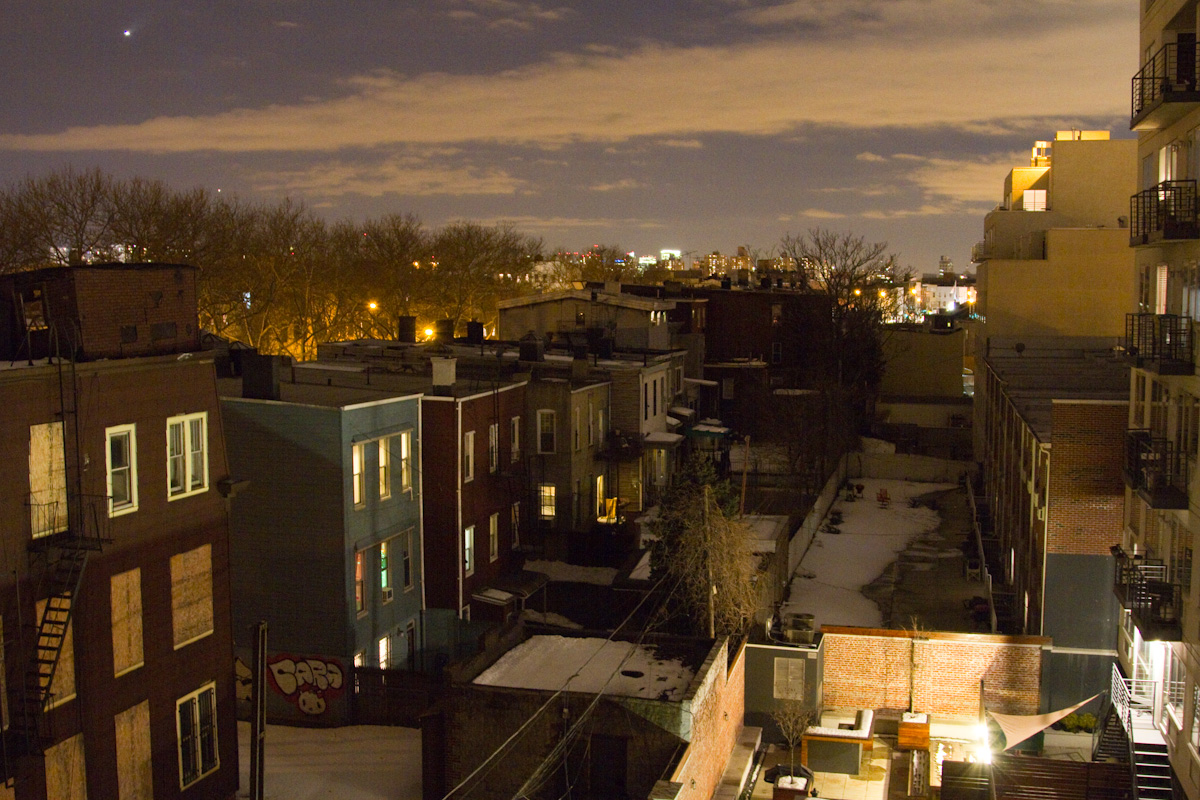Canon 1D Mk IV Low Light Capabilities
I've been reading a lot about the amazing low light abilities of the Canon 1D Mk IV with it's extended ISO settings that apparently can "see what our eyes can't even see". Intriguing. Our ASC charts for Incident Key Light don't go beyond ASA/EI 3200 where you'll find that to expose for 18% Reflectance Gray with a T Stop of 1.4 you'll need 1 foot candle. These charts don't even account for <1 foot candle readings despite the fact that light meters can measure them down to 1/10. This makes sense from a film point of view where the fastest motion picture stocks readily available are 500 ASA. Rating them as such and shooting with a stop of T1.4, you still need 5 foot candles for optimum exposure. Up until recently, with the advent of digital cameras that can see in the dark, there has been no real need to expand upon these tried and true charts.
Open moon light is about .1 foot candle and the 1D Mk IV's expanded ISO of 102400 is 4 2/3 stops faster than ASA/EI 3200. Using the ASC charts as a guide, with a T Stop of 1.4 if my math is correct (4 2/3 stops faster than 1 is .048) that should be enough light to actually expose, albeit a noisy exposure no doubt, in available moon light. Has anyone out there had the opportunity to try this camera out in only available night time "light"?
Please someone weigh in. I'd love to hear from you guys more often :)






 © 2021 Bennett Cain / All Rights Reserved /
© 2021 Bennett Cain / All Rights Reserved /